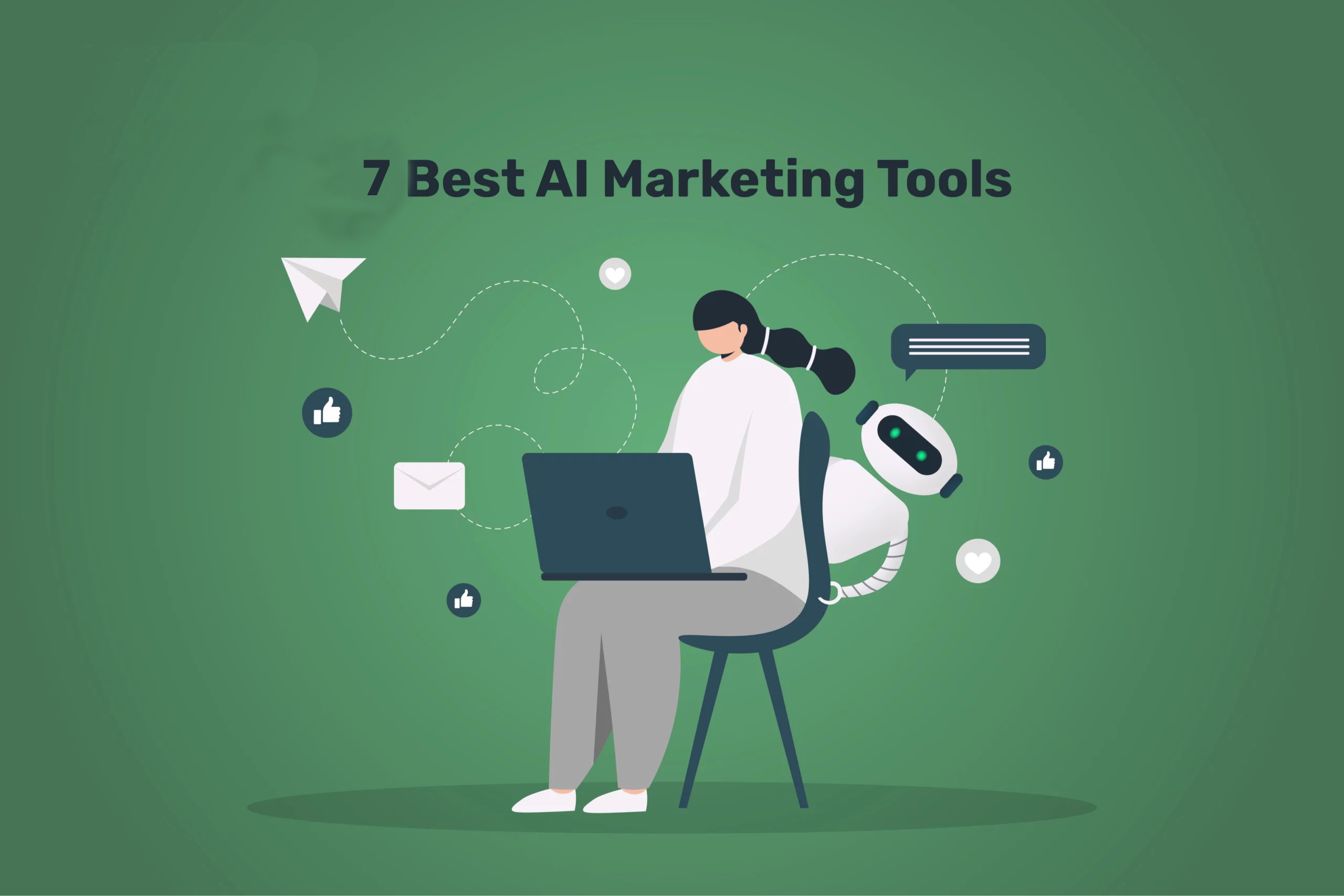Artificial Intelligence (AI) and Machine Learning (ML) are terms that frequently appear in discussions about modern technology and are often used interchangeably. However, they represent distinct concepts within the technology landscape. This blog post aims to clarify the differences and relationships between Artificial Intelligence vs Machine Learning, highlighting their significance in today’s world.
Understanding Artificial Intelligence
AI is a broad field of computer science that aims to create machines capable of performing tasks that typically require human intelligence. These include reasoning, learning, problem-solving, perception, and language understanding.
AI can be classified into two main types: narrow AI and general AI. Narrow AI is designed to perform specific tasks, such as facial recognition or language translation. At the same time, general AI is a more advanced form of AI that can understand and reason about the world similarly to humans. Most AI systems in use today fall under the category of narrow AI.
AI applications span various industries, including healthcare, finance, manufacturing, and entertainment. AI is used in medical diagnostics, automated financial trading, predictive maintenance in manufacturing, and even content recommendations in streaming services.
Exploring Machine Learning
Machine Learning, on the other hand, is a subset of AI focused on developing algorithms that allow computers to learn from and make predictions based on data. Unlike traditional programming, where developers explicitly code rules for how a program should behave, ML enables systems to learn from experience and improve over time.
Machine learning works through various algorithms that analyze data, identify patterns, and make decisions. There are three primary types of machine learning: supervised learning, unsupervised learning, and reinforcement learning.
- Supervised learning involves training a model on a labeled dataset where the outcome is known.
- Unsupervised learning deals with unlabeled data, allowing the model to identify patterns independently.
- Reinforcement learning focuses on training algorithms through trial and error, optimizing actions based on rewards.
Critical Differences Between AI and ML
The distinction between AI and ML primarily lies in their scope and functionality. AI is the overarching concept, while ML is a specific approach to achieving AI capabilities. For instance, an AI system for medical diagnostics may utilize machine learning algorithms to analyze patient data and predict diseases.

Understanding these differences is crucial for businesses and developers. Understanding the two can lead to realistic expectations or misaligned technology strategies.
The Relationship Between AI and ML
Machine learning plays a vital role in advancing AI technologies. By harnessing large datasets, ML algorithms enhance AI systems’ capabilities, allowing them to make more accurate predictions and decisions. Data is the backbone of AI and ML, as high-quality data enables better learning and model performance.
For example, AI systems like chatbots and virtual assistants often rely on machine learning algorithms to understand user queries and provide relevant responses, showcasing how ML contributes to the effectiveness of AI applications.
Real-World Applications of AI and ML
Both AI and ML have found significant applications in the real world.
AI Applications:
- Virtual Assistants: AI-driven virtual assistants like Siri and Alexa can understand and respond to voice commands, helping users with tasks ranging from setting reminders to controlling smart home devices.
- Autonomous Vehicles: AI technologies are fundamental to self-driving cars, enabling them to navigate, recognize obstacles, and make driving decisions in real-time.
ML Applications:
- Recommendation Systems: Streaming services like Netflix and Spotify use machine learning algorithms to analyze user preferences and suggest content tailored to individual tastes.
- Fraud Detection: Financial institutions employ machine learning to detect unusual transaction patterns, helping to prevent fraud by identifying suspicious activities in real-time.
The impact of these technologies is profound, influencing sectors from healthcare to entertainment and finance.
Challenges and Limitations
Despite their potential, AI and ML face several challenges. One common issue is the availability and quality of data. Poor-quality data can lead to accurate models and reliable outcomes.
Additionally, ethical considerations, such as algorithm biases, raise concerns about fairness and accountability in AI and ML systems. As technology evolves, addressing these challenges will be essential to ensuring that AI and ML benefit society as a whole.
Future Trends in AI and ML
The evolution of AI and ML is expected to accelerate, driven by technological advancements and increasing data availability. Emerging technologies, such as quantum computing and edge computing, hold the potential to enhance AI capabilities and enable more complex machine learning models.

Artificial Intelligence vs Machine Learning
As AI and ML continue to develop, they will play a significant role in shaping future industries, including healthcare, finance, and transportation. Businesses that embrace these technologies will likely gain a competitive edge in the marketplace.
Best Practices for Implementing AI and ML
For businesses looking to adopt AI and ML, several best practices can help ensure successful implementation.
- Data Quality: Invest in high-quality data collection and management processes to improve model accuracy.
- Algorithm Selection: Choose appropriate algorithms based on the specific use case and data characteristics.
- Integration Strategies: To maximize their potential, develop clear strategies for integrating AI and ML into existing systems and workflows.
Conclusion
Understanding the differences and relationships between artificial intelligence and machine learning is crucial for navigating today’s technology landscape. As AI and ML evolve, staying informed about advancements in these fields will empower individuals and organizations to harness their potential effectively. Embracing these technologies can lead to innovative solutions that improve efficiency, enhance decision-making, and drive growth across various sectors.





